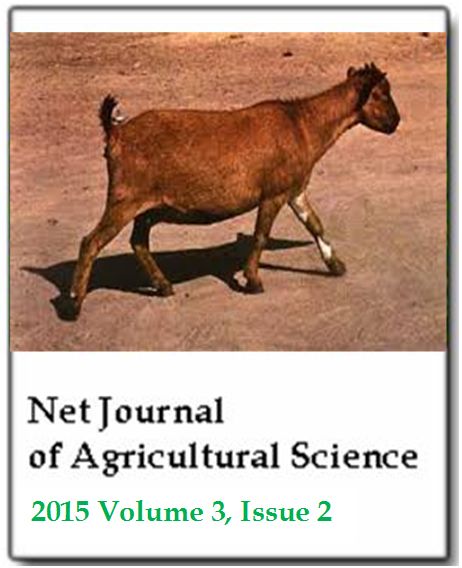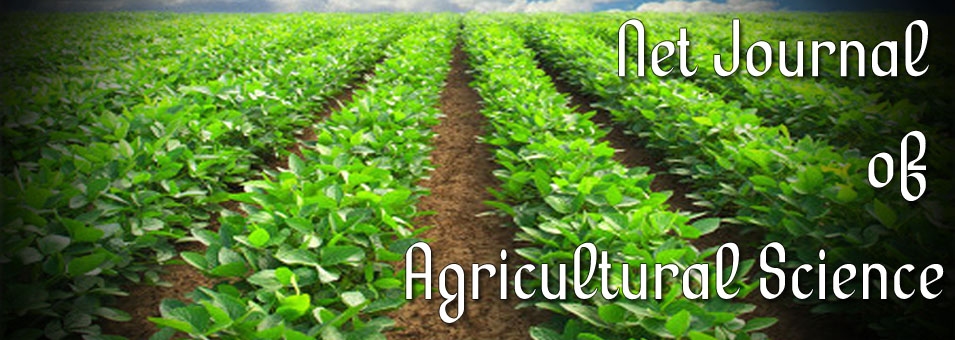Appraisal and projection of cassava mash sieving technology
Ahiakwo A. A., Isirima C. B. and Inimgba D. G.Net Journal of Agricultural Science
Published: May 26 2015
Volume 3, Issue 2
Pages 49-55
Abstract
This paper focuses on the appraisal and projection of cassava mash sieving technology. Sieving operation, occupy an important position in the effective transformation of dewatered cassava mash into gari. However, traditionally, it consumes time and energy. Three versions of the sieve were considered, namely: traditional sieve, improved traditional sieve and mechanized sieve. Their constructions, use and associated problems were highlighted. The need to consider sieve aperture size in both traditional and mechanized sieve design and construction was emphasized. This was necessary as the speed of sieve and the strain on the operator has an inverse relation to this. From the expression derived for effective sieving technology, it was discovered that sieve aperture is directly proportional to sieving speed but inversely proportional to operators strain. This mean that as the aperture size is increased to the optimum, the speed of sieve will increase remarkably whereas on the other hand, the operators reciprocating shearing and compressive force and hence associated strain will reduce. For mechanized sieving machines utilizing shearing and compressive force principle, using an optimum aperture, while increasing sieving speed will reduce compressive impact and friction in the interacting surfaces which will prolong the machine life.
Keywords: Cassava mash, sieve, aperture, speed, operator.
Full Text PDF
